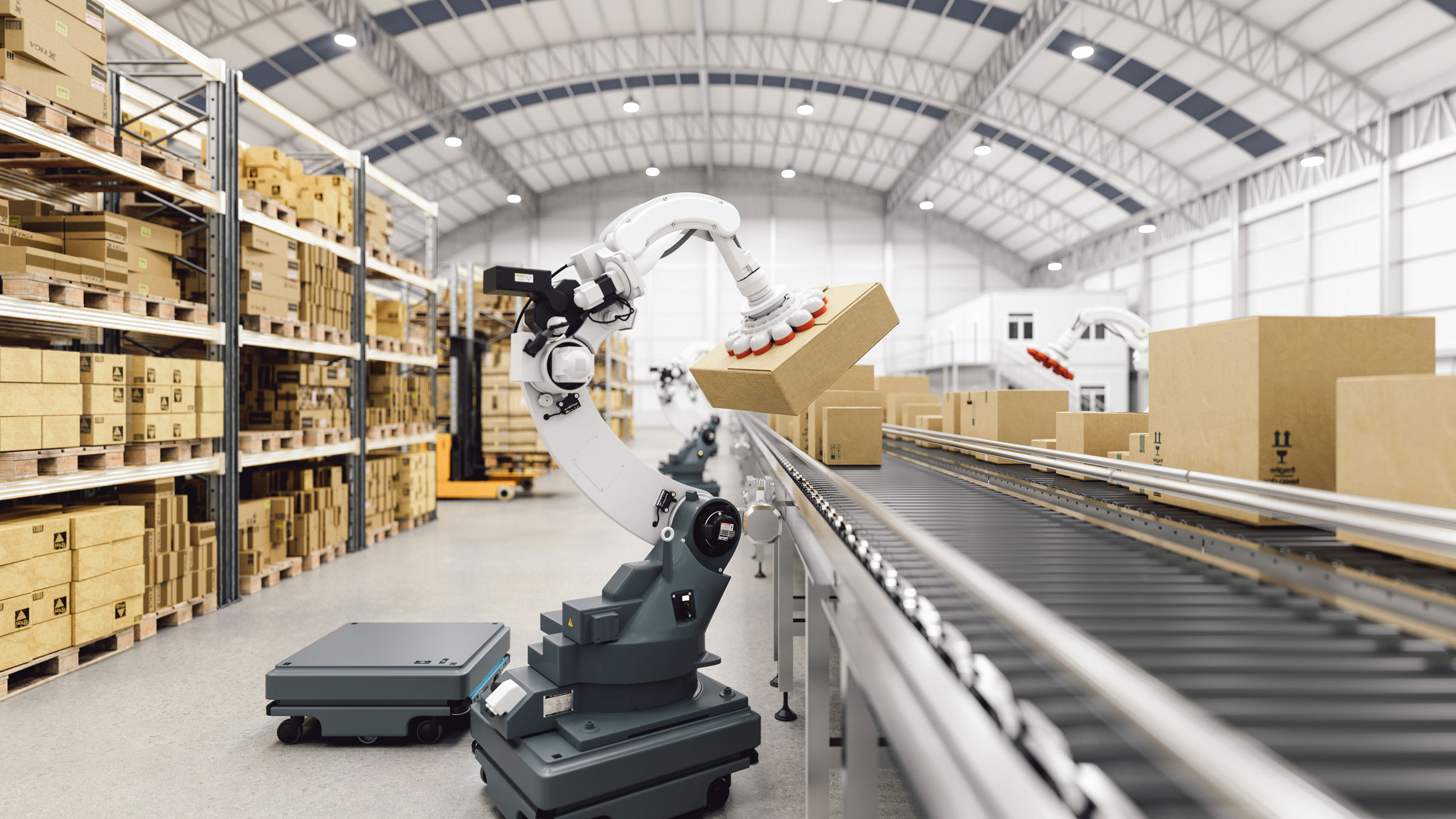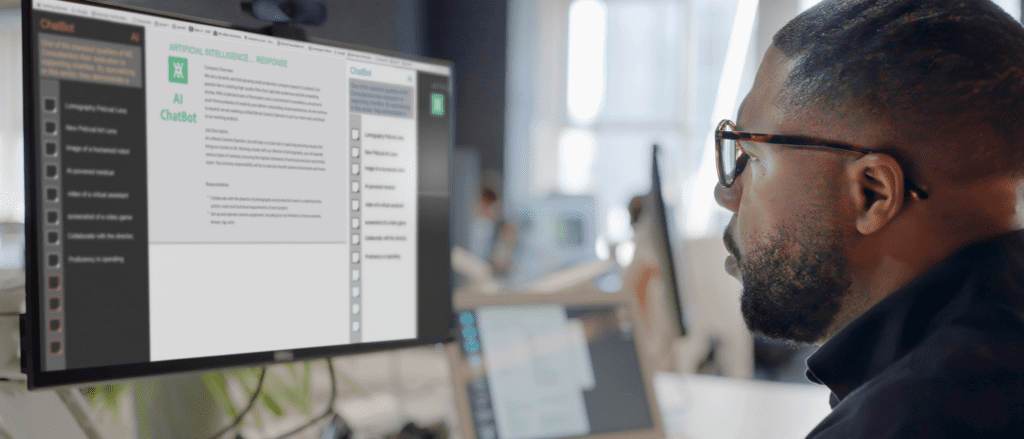Building the Business Case for RPA: Start Your Journey Here
Like many of today’s top technologies, robotic process automation (RPA) promises to solve a wide range of business challenges by increasing employee productivity, reducing costs, improving compliance and overall accuracy, and unlocking processes bogged down in inefficiency. If implemented properly, RPA is a win for your workforce and customers alike—when freed from the burden of repetitive tasks and manual work, employees are able to spend their time on more complex problems that require thought and creativity beyond what a machine can provide. As a result, they are better equipped to leverage data and insights to provide exceptional customer service and support.
Given the host of benefits RPA offers, it’s no surprise that companies across the IT, finance, healthcare, and manufacturing industries are adopting robotic automation en masse: According to a 2020 research report from Deloitte, 73% of organizations worldwide are now using automation technologies—such as robotics, machine learning, and natural language processing—up from 58% in 2019.
Investing in RPA is just that—an investment. And although the return on that investment is typically realized within 12 months or less, with an average 20% of full-time equivalent (FTE) capacity provided by robots, you will still need to build a business case for the time, resources, and capital required for transformation.
Not all processes are created equal
Before you start calculating potential ROI, your first step is to identify which processes are ripe for automation and which aren’t. New or developing processes, for example, might be too fresh to be optimized. In other instances, it might make more sense to overhaul a legacy process altogether and start from scratch versus introducing automation.
To determine whether RPA is a fit for your organization, consider the following questions:
- Is the process rules-based? Tasks that follow a predefined set of rules are well-suited to RPA. Studies indicate that approximately 70-80% of all key job responsibilities are rules-based, making them ideal candidates for process automation.
- Are you dealing with a large volume of data? High-volume tasks lead to human error, which puts compliance and productivity at risk. RPA can tackle large volumes of data and associated rote processes while ensuring accuracy.
- Is the process repetitive? Established, consistent processes that are performed on a regular basis fall into this category. If a task changes frequently or is only carried out on occasion, it should be handled by humans rather than robots.
- Does it require human intervention? The less time your employees have to spend supervising the process, the better. RPA stands to make the biggest impact on productivity when applied to tasks that don’t involve human interaction or decision making.
It’s critical to answer these questions before devising your automation strategy—and certainly before deploying it—to ensure RPA delivers on its promise of better business outcomes.
Securing stakeholder buy-in
Depending on the process(es), it may take a considerable amount of human and financial capital to get RPA up and running. Implementing automation doesn’t happen overnight, so time must be factored in, too.
To overcome potential hurdles to adoption, start by identifying a compelling use case. Is there a specific, labor-intensive task that drains your organization’s resources and employees’ time? Use that process as a vehicle to advocate for RPA and build your business case around it. By detailing the exact benefits your organization stands to gain by automating the process, you’ll be more likely to gain buy-in from key stakeholders and senior management.
It’s also helpful to bring a variety of stakeholders together early in the process to get their unique perspectives. Be sure to include representatives from your company’s IT outfit, as well as those actually performing the processes you plan to automate; their insights can end up being valuable tools for customizing your solution and gaining buy-in across the organization. At Judge, we have led countless clients through multi-day workshops with the goal of rallying leaders and teams around a unified vision—or as we call it, “the art of possible.”
By involving stakeholders early, you’ll be able to address concerns and refine your roadmap before you get too far down a potentially wrong path. With a little bit of preparation and the right team in place, you can embark on a successful RPA journey.




